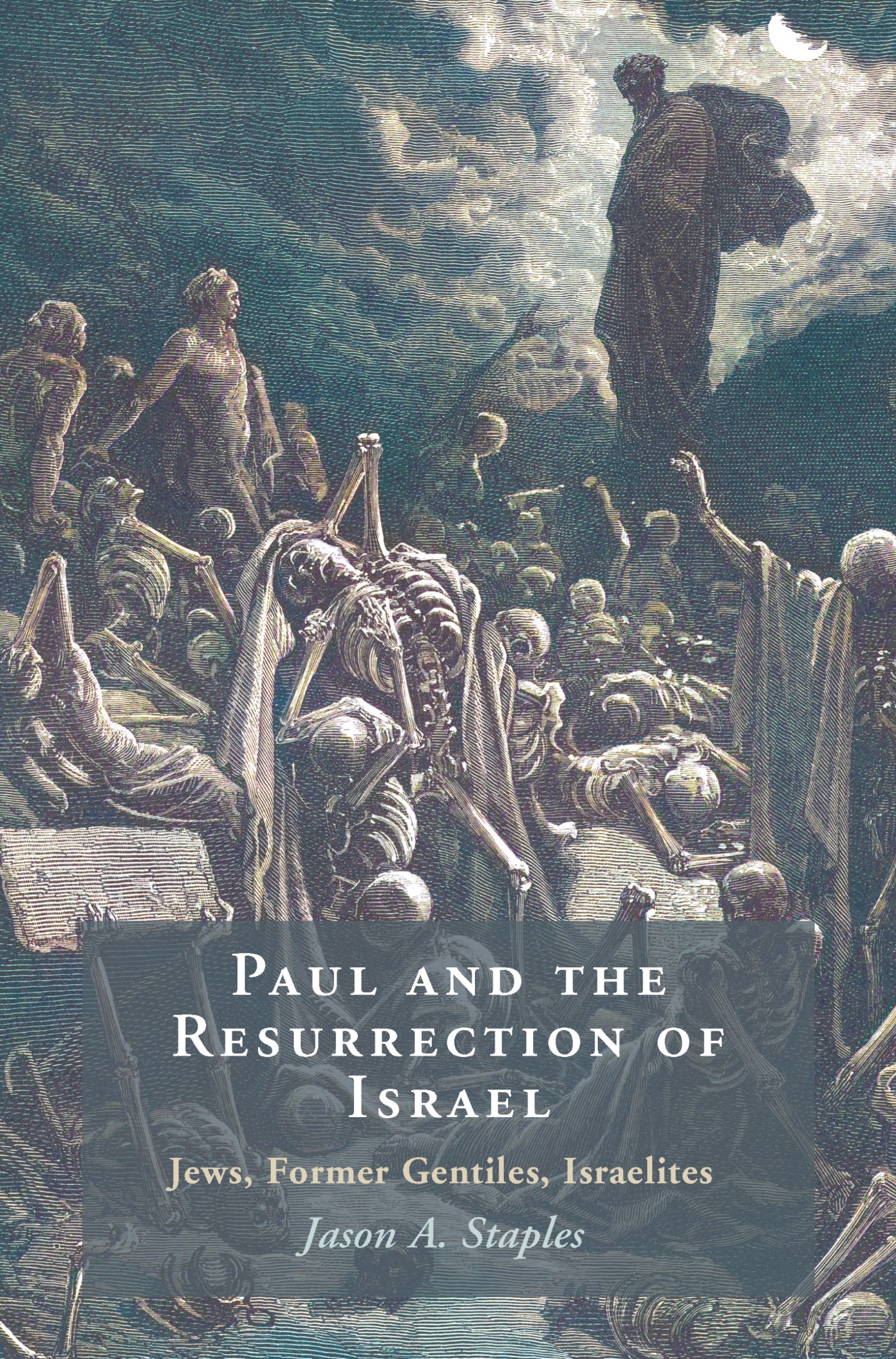Been wanting to post on this book for over a week now, but other work has interfered. That said, this book is absolutely a must-read for those interested in the historical Jesus and is one of the better scholarly monographs I’ve read. As my primary research has focused on Paul’s concern with the restoration of Israel, I had initially assumed that I would have to deal with connecting Paul with the expectation of Israelite restoration in 2nd Temple Judaism by examining a number of early Jesus traditions. Thanks to Pitre, I won’t have to do much of that—he has done that heavy spade work already. (I expect to get more from Joel Willits’ book on Matthew, but I have yet to read it—it is one of the next on my list.) The basic thesis of the book, in Pitre’s words:
The basic thesis of this study is that Jesus did in fact speak and act on the basis of the Jewish expectation of the eschatological tribulation. Moreover, his understanding of the tribulation was inextricably tied to the ancient Jewish hope for the End of the Exile: i.e., the ingathering of the twelve tribes of Israel from among the nations.9 In short, Jesus taught that the tribulation had in some way begun with the death of John the Baptist as “Elijah” and that it was Jesus’ own mission to set in motion the “Great Tribulation” that would precede the coming of the Messiah and the restoration of Israel. In fact, he even taught that he would die in this tribulation, and that his death would function as an act of atonement that would bring about the End of the Exile, the return of the dispersed tribes from among the nations, and the coming of the kingdom of God.
I do have a few complaints, such as Pitre treating the Gospel of Thomas as an independent source in a couple places (though not exactly uncritically) and his reliance on the standard two/four source Synoptic Gospels model (I tend to favor the Farrer hypothesis, which dispenses with Q). There are a few passages that also seem a bit stretched, but overall the book is a tour de force. One of the more interesting elements for the study of the historical Jesus is Pitre’s application of the various criteria of authenticity to larger sayings units than is ordinarily done—on the argument that the longer prophetic oracles of the Hebrew Bible serve as better formal parallels to many sayings of Jesus than pithy Greek chreia or wisdom sayings. (For lay readers, these lengthy sections dealing with questions of authenticity could easily be skipped—cutting the length of the book nearly in half while still getting the overall argument of the book.) This is a novel approach and one I’m interested to see whether others adopt in the future.
Had I known of this book before completing my forthcoming JBL article on Rom 11, it would have certainly helped made the first part of the article a bit better. On the other hand, I’m grateful I hadn’t learned of it for two reasons: 1) having independently arrived at similar conclusions about trajectories in 2nd Temple Judaism and early Christianity isn’t a bad thing, and 2) though Pitre provides a strong catalogue of 2nd Temple documents that show this trajectory, the fact that I couldn’t lean on his study led me to several other documents and passages, which will only make the cumulative case stronger in the end.
One other thing that Pitre’s study confirms in my mind is the absolute centrality of Daniel’s apocalyptic passages to the origins of Christianity. I’ve planned a few articles on this for the near future—a couple of the points I wanted to make are made quite gracefully in Pitre’s work, but there is still sufficient space for a few of these articles even after Pitre’s book. Bottom line: this is one of those rare books that left me thinking, “Dangit, I wish I could have written this,” at numerous points. It is worth reading both for academics and laypeople interested in what Jesus was actually doing in the Gospels (though, as mentioned above, laypeople might want to skip the sections on authenticity).
An additional implication of Pitre’s work (that neither he nor his reviewers explore) is that, if his analysis of the apocalyptic Jesus traditions in Mark is accurate, Mark gets “unhooked” from its standard dating in the 68 area, calling the standard dating of the gospels into question. Again, I’m curious to see where this goes in the future…


3 Comments. Leave new
I can’t believe the current price of the paperback on Amazon. This book ought to be republished.
I agree, Joseph. The least expensive copies I can find are on Barnes & Noble.com and Textbooks.com. I’ve found two copies for $77. Don’t get excited, though: when you first search for the book on B&N, it says $46, but that was the old price before it went out of print.
Oh, RE my earlier comment: B&N has a 15% off sale right now with free shipping, so that would make the book $65 dollars. Still too pricey for me right now, but much more reasonable for a quality book.
I receive no compensation from Barnes and Noble, just trying to share what I found.